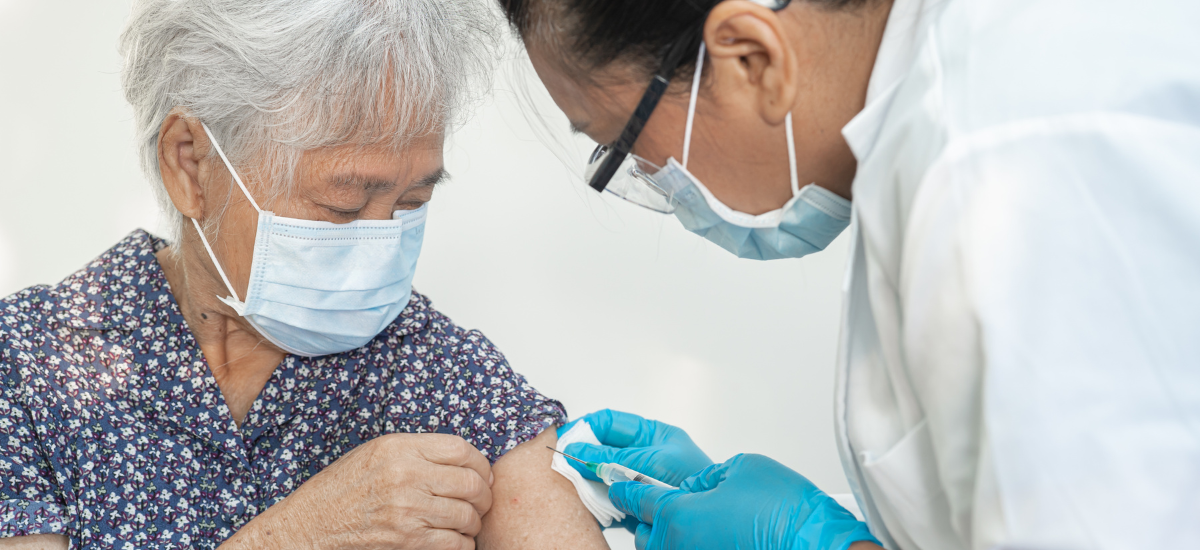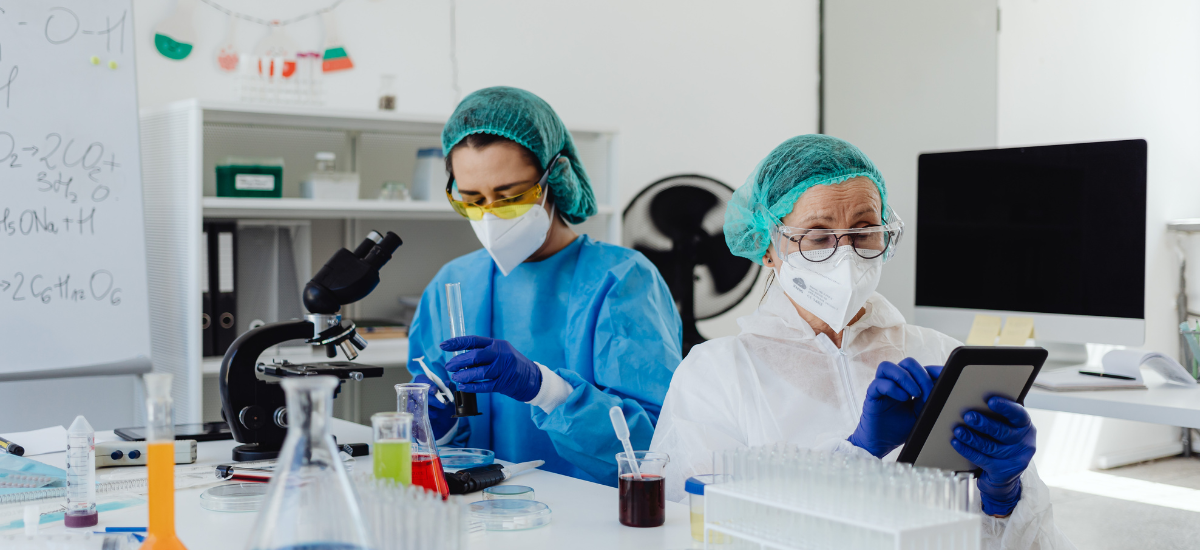
A new study published in The Journal of Immunology identified two novel mediators of pulmonary fibrosis and demonstrated that targeting both can reverse fibrosis.
Pulmonary Fibrosis Disease
Pulmonary fibrosis (PF) is a condition that leads to lung scarring, where the scar tissue obstructs the transfer of oxygen from the lungs to the blood. As PF progresses in patients, breathing becomes more difficult. All together PF refers to a family of more than 200 different lung diseases with similar clinical presentation. Causes of PF include certain medications, radiation exposure, environmental exposures, autoimmune diseases, or occupational exposures. When no cause of PF can be identified it is called idiopathic PF.
According to the Pulmonary Fibrosis Foundation, an estimated 250,000 Americans are living with PF and approximately 50,000 new cases are diagnosed each year. Cases have been increasing in recent years and 40,000 Americans die from Idiopathic PF each year alone. Current drugs for PF slow progression of the disease, but fail to address existing fibrosis, highlighting a need for anti-fibrotic drugs capable of reversing the damage of scar tissue.
New Drug Targets
“Our study showed that targeting two molecules, LIGHT and TL1A can reverse fibrosis, which is very exciting because as a combination therapy it could not only limit disease progression, but also reverse collagen deposition and smooth muscle hypertrophy, the two main features of the disease,” said Dr. Rana Herro, Assistant Professor at Cincinnati Children’s Hospital Medical Center, who led the study.
“This work demonstrates that LIGHT and TL1A drive PF independently of one another but together display additive and synergistic fibrotic activity emphasizing the need to block both LIGHT and TL1A. When both molecules were blocked after PF onset, a clear reversal of disease was demonstrated in mice, compared to no reversal overserved when each molecule was blocked individually,” continued Dr. Herro.
This research was patented and licensed by Virtici, who is using it to produce a bispecific antibody that simultaneously blocks LIGHT and TL1A. Dr. Herro and her team intend to research the bispecific antibody on patient derived organoids to determine if the treatment would work on all cohorts of patients. If this is successful, the hope is to move into clinical trials in the future.
Further investigating LIGHT and TL1A’s roles in driving fibrosis may identify whether they impact other organs. Combination therapy targeting LIGHT and TL1A may have applications beyond pulmonary fibrosis to other organs affected by scarring.
Find the research article online in The Journal of Immunology.
Stay in the know by reading more science news from AAI.




